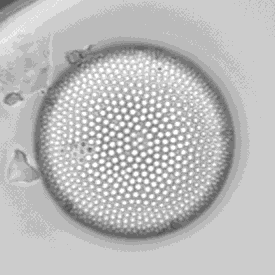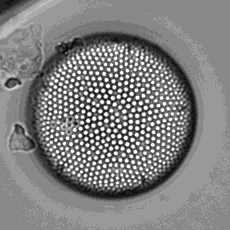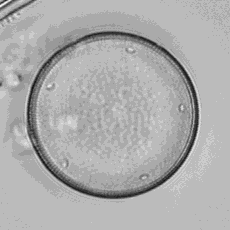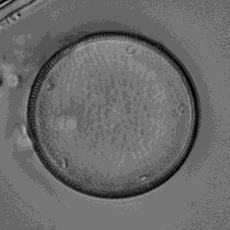Actinocyclus normanii fo. subsalsa (Juhl.-Dannf.) Hust. 1957
|
Diameter: 25
Collection 1141a
|
|
|
|
 |
|
|
|
|
|
|
Actinocyclus normanii fo. subsalsa (Juhl.-Dannf.) Hust. 1957
|
| Return to Top Page | Return to Genera List | Return to Species List |
 Valve view |
 Labiate processes |
 DIC, labiate processes |